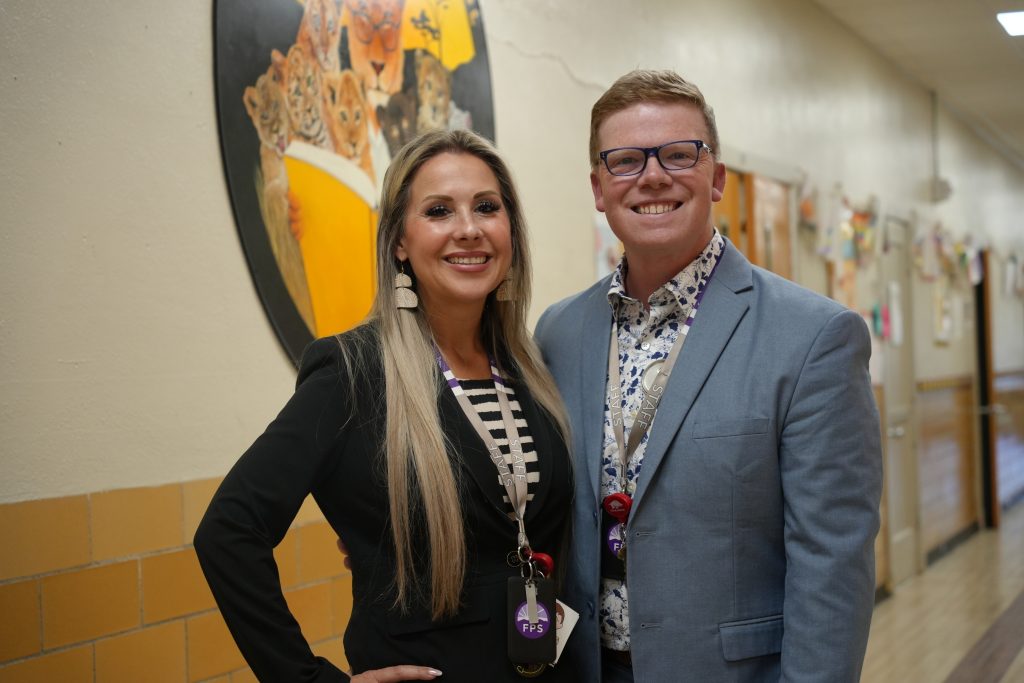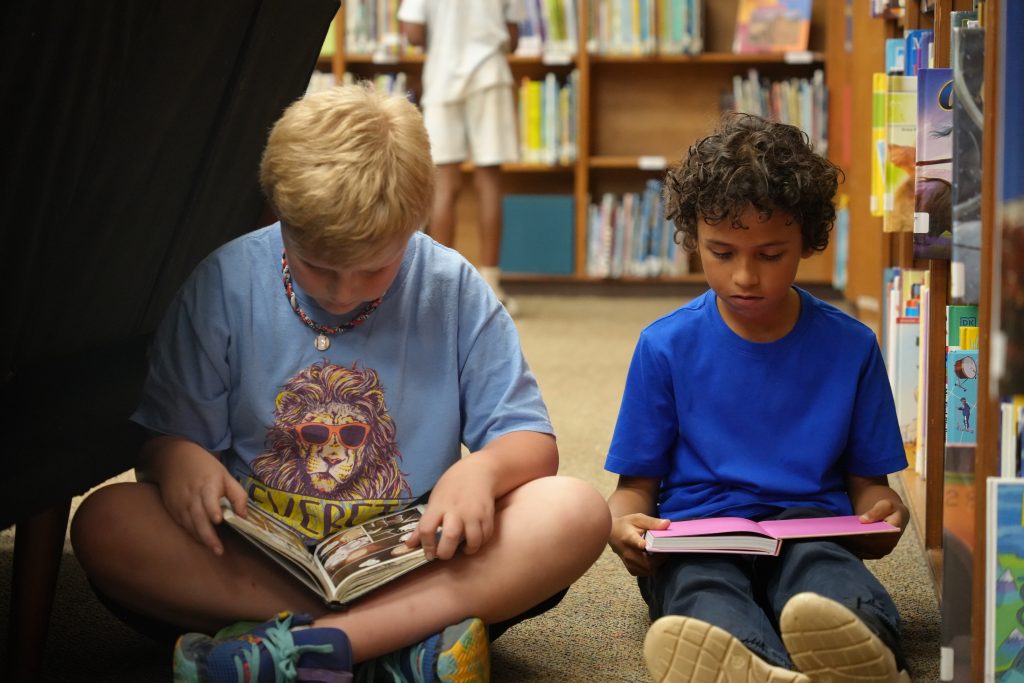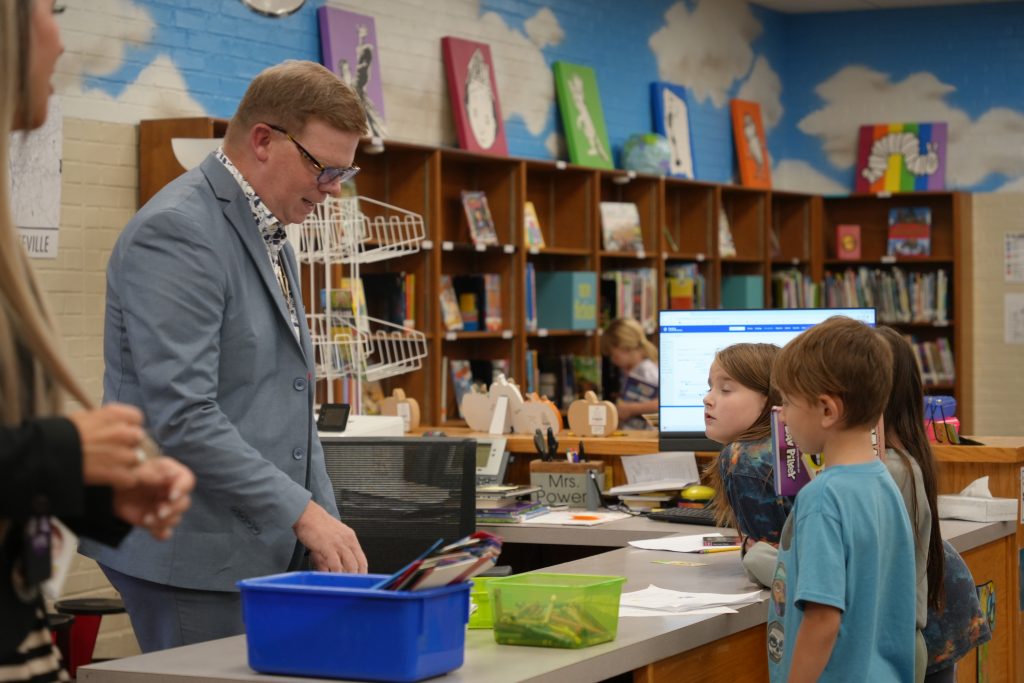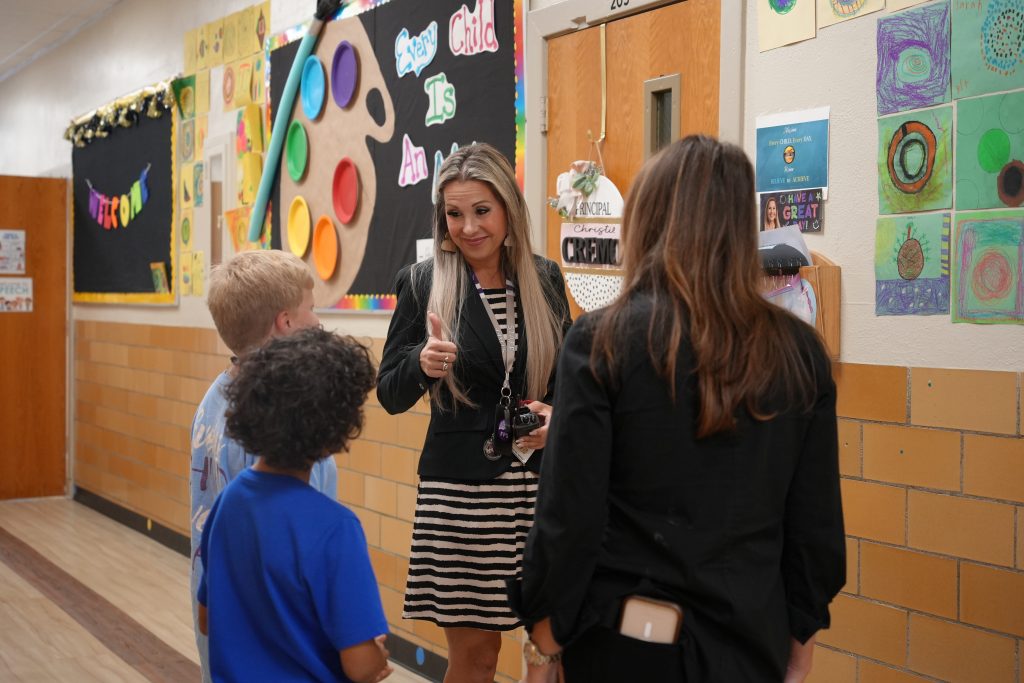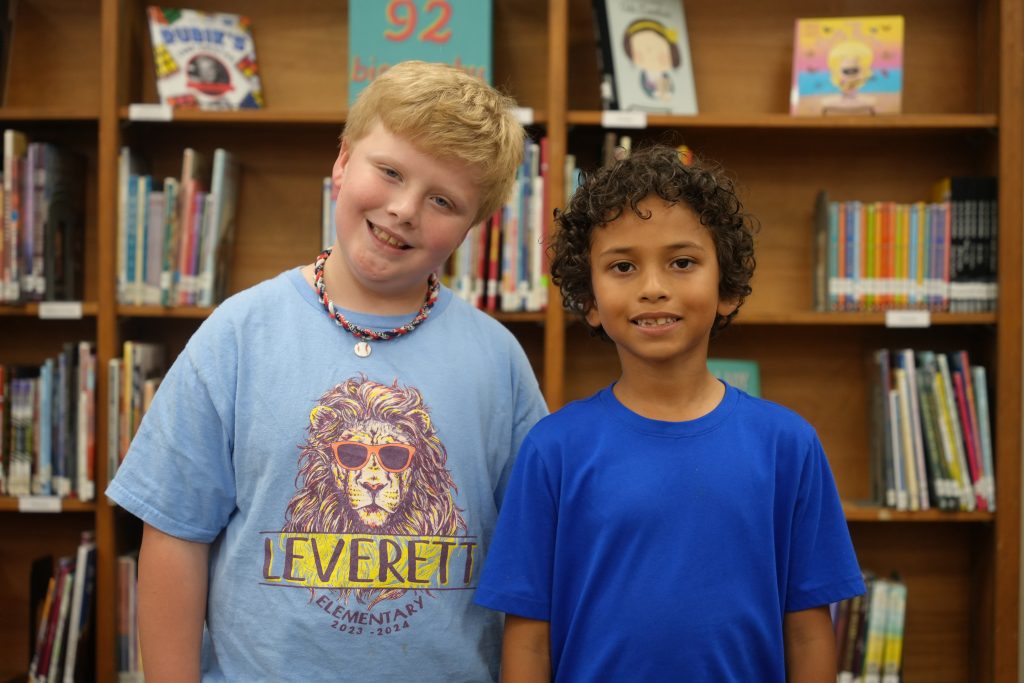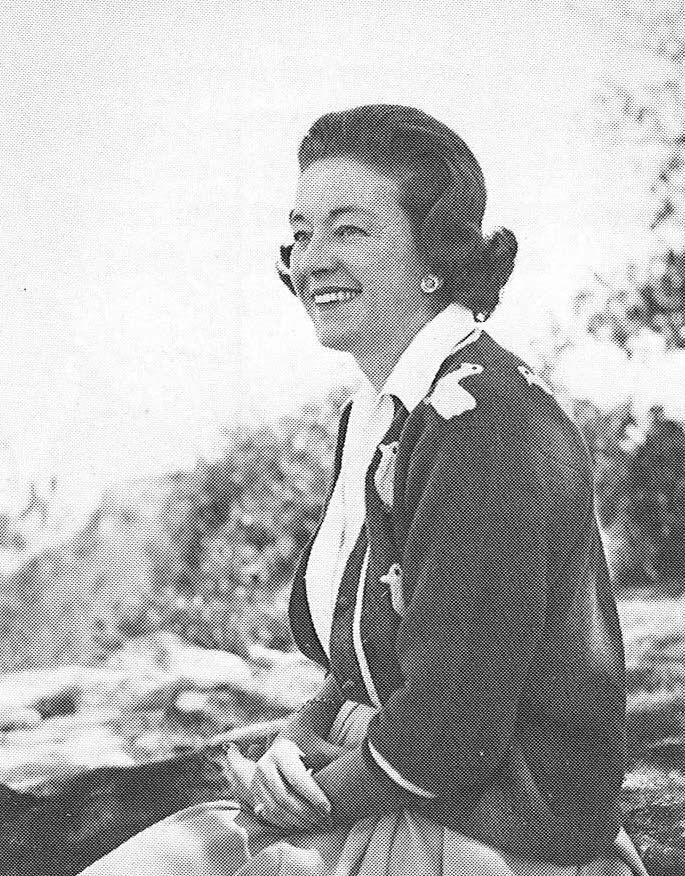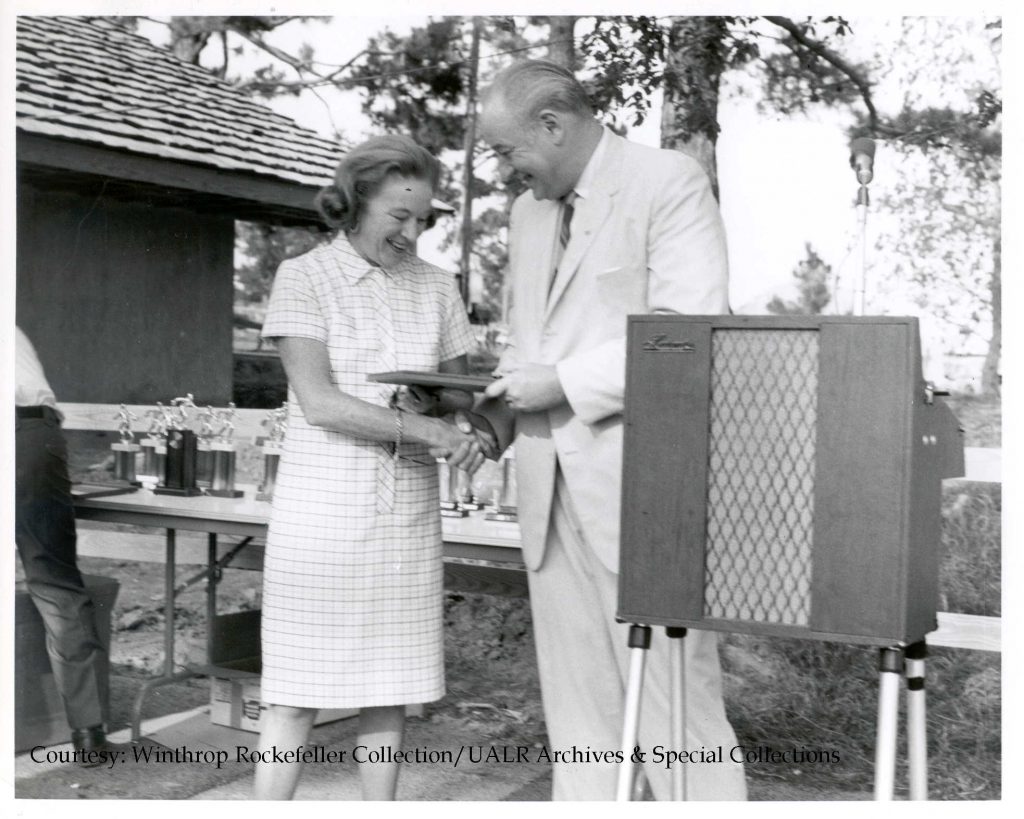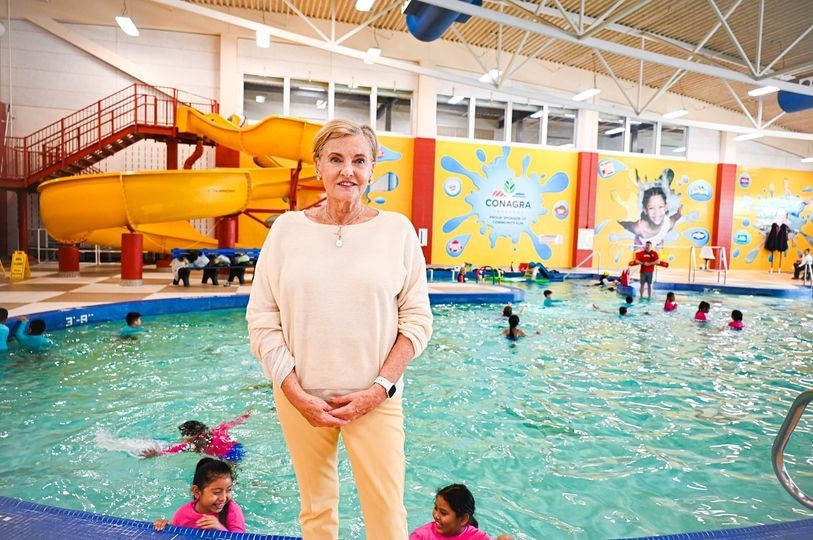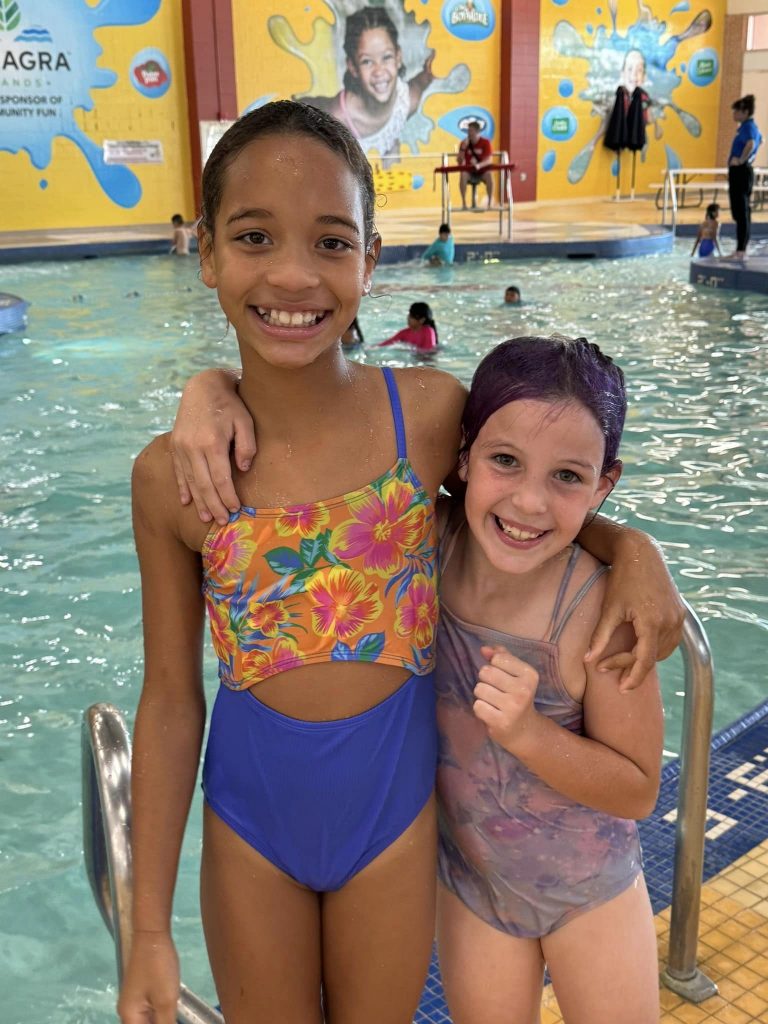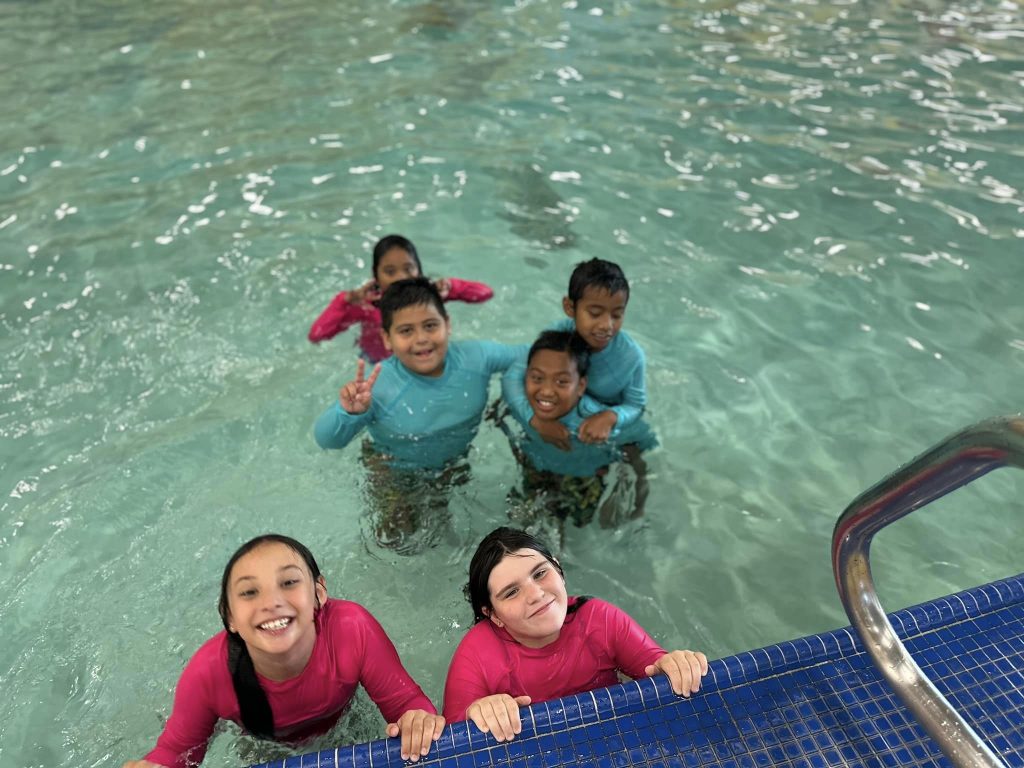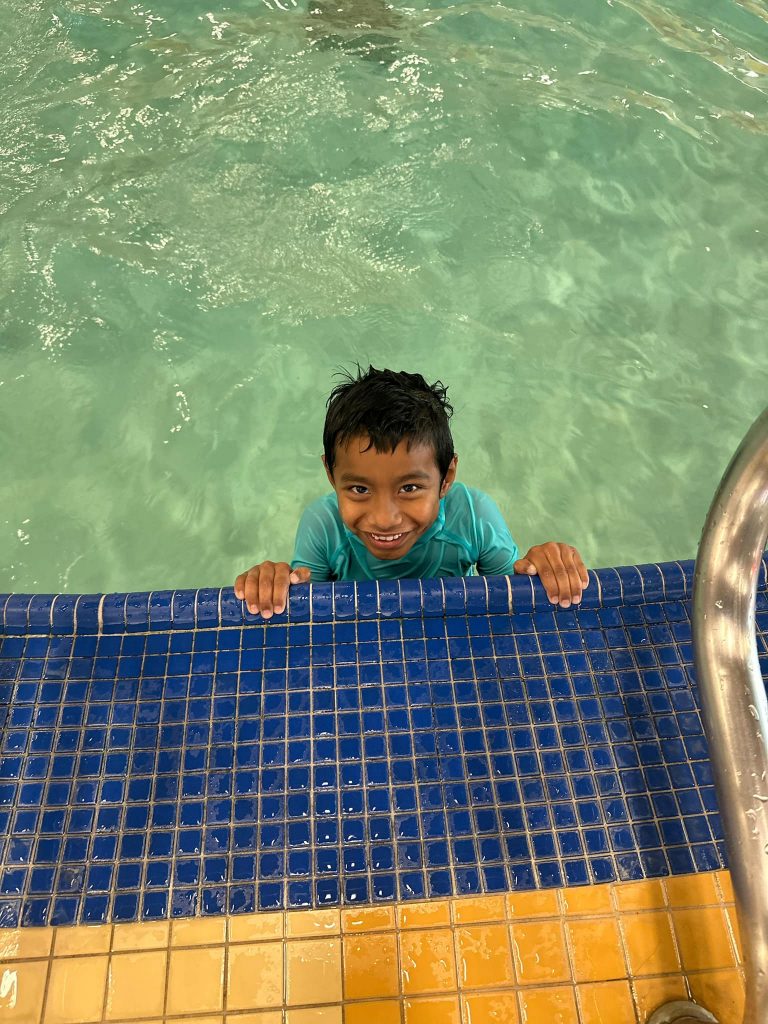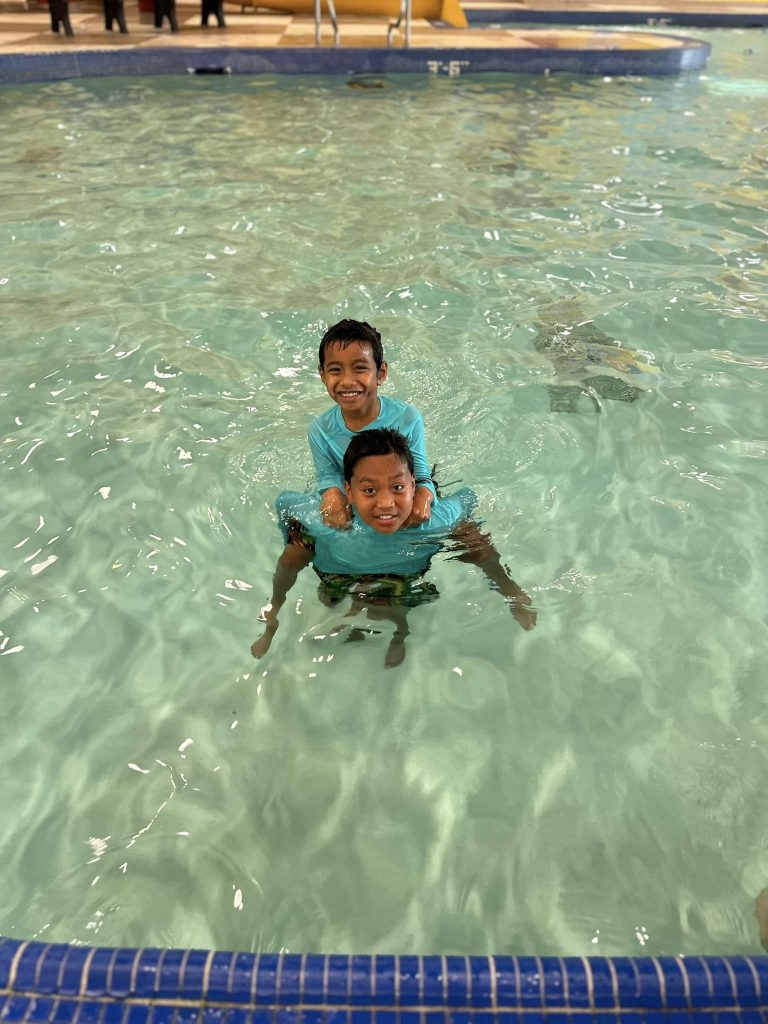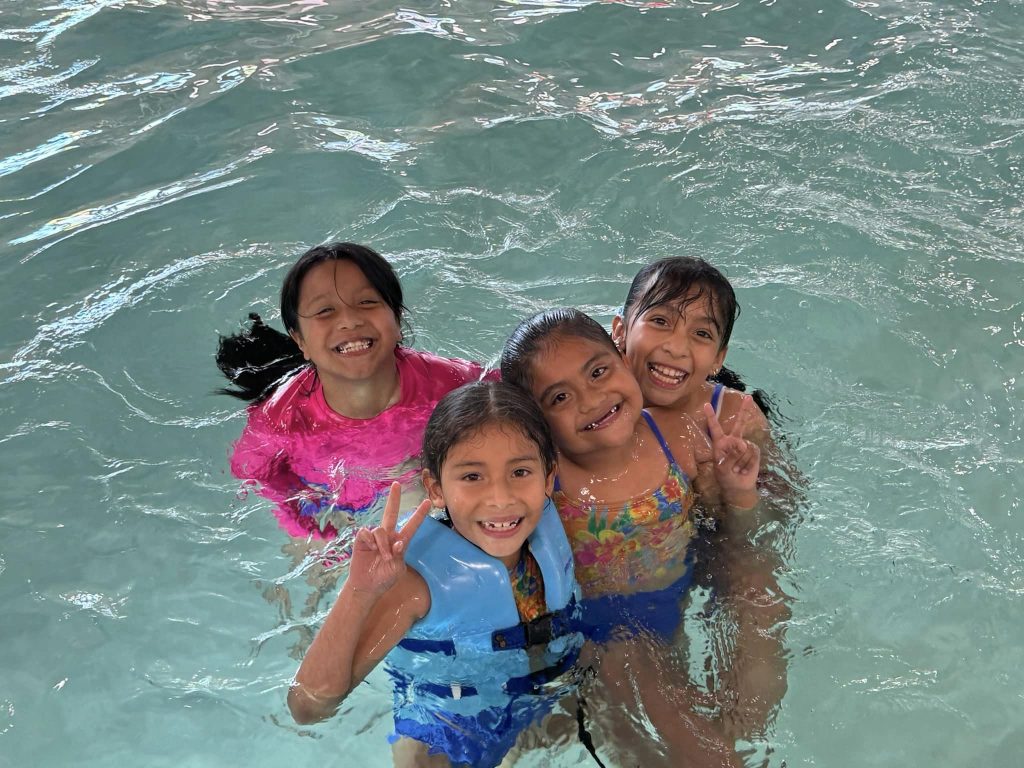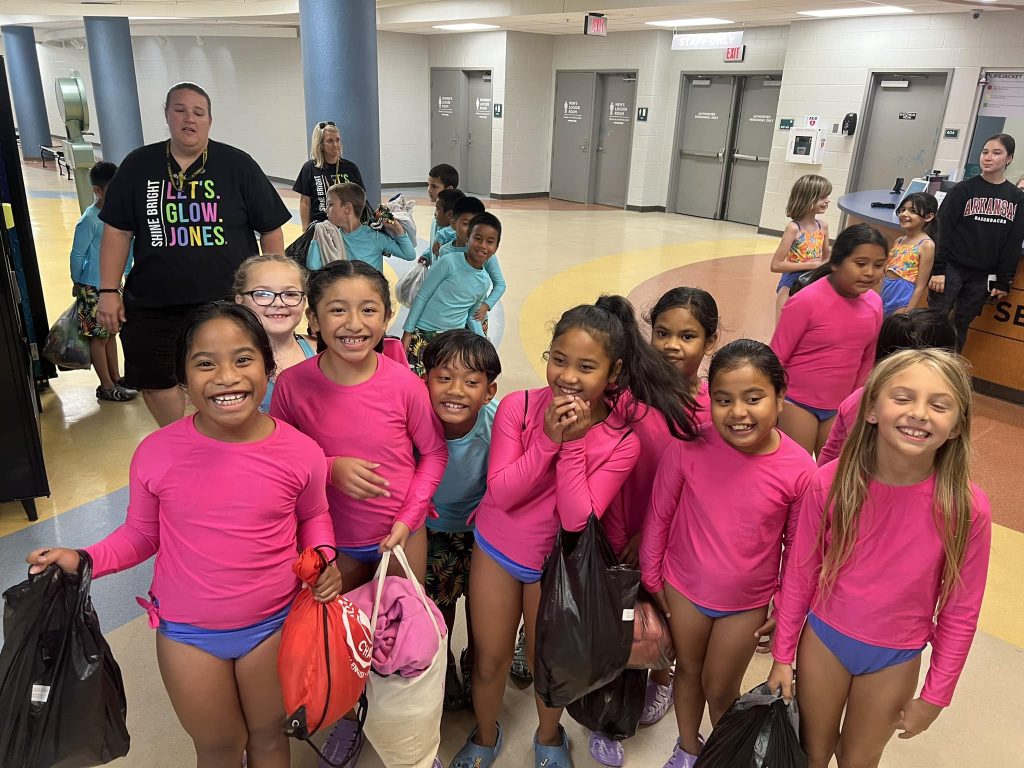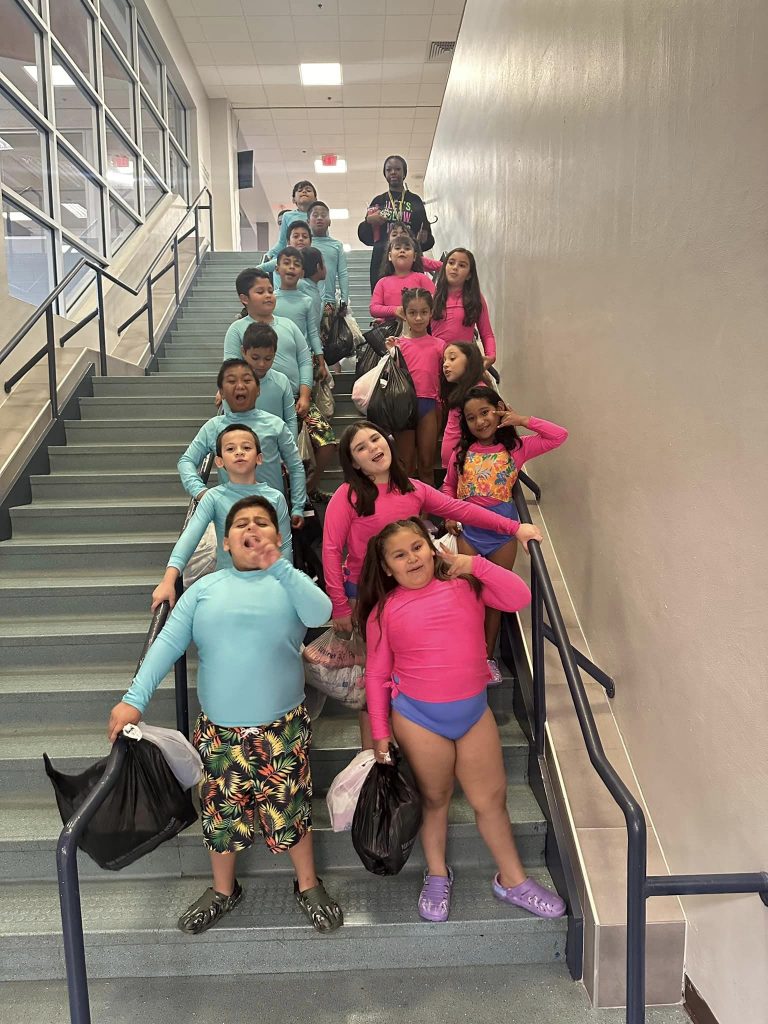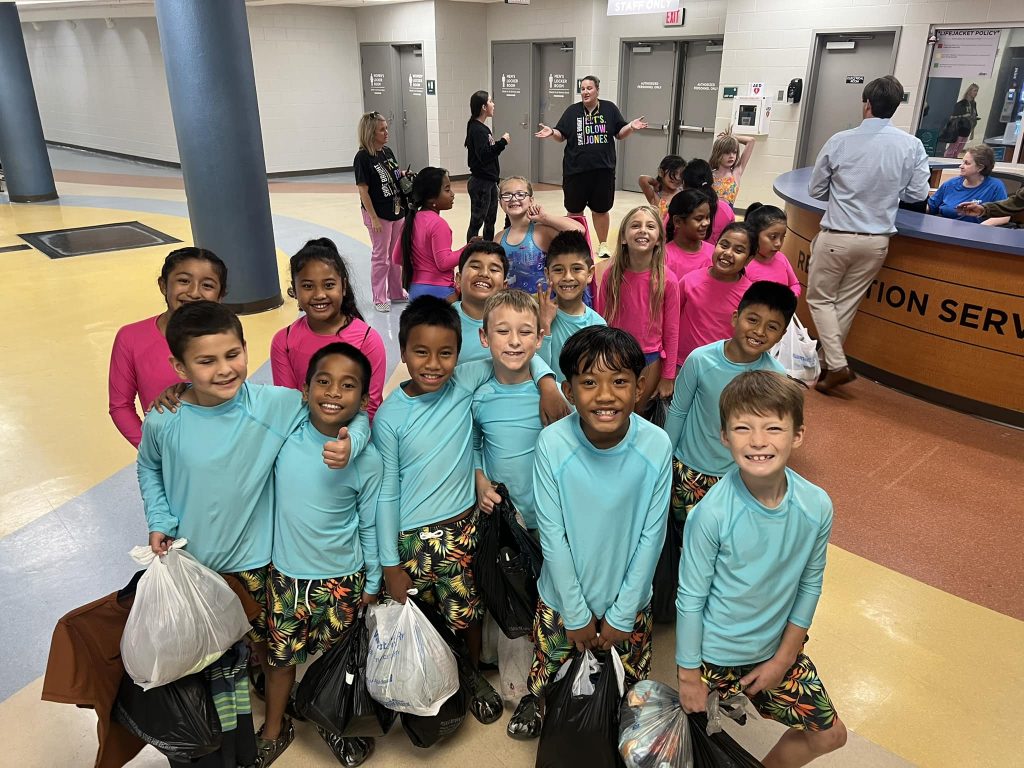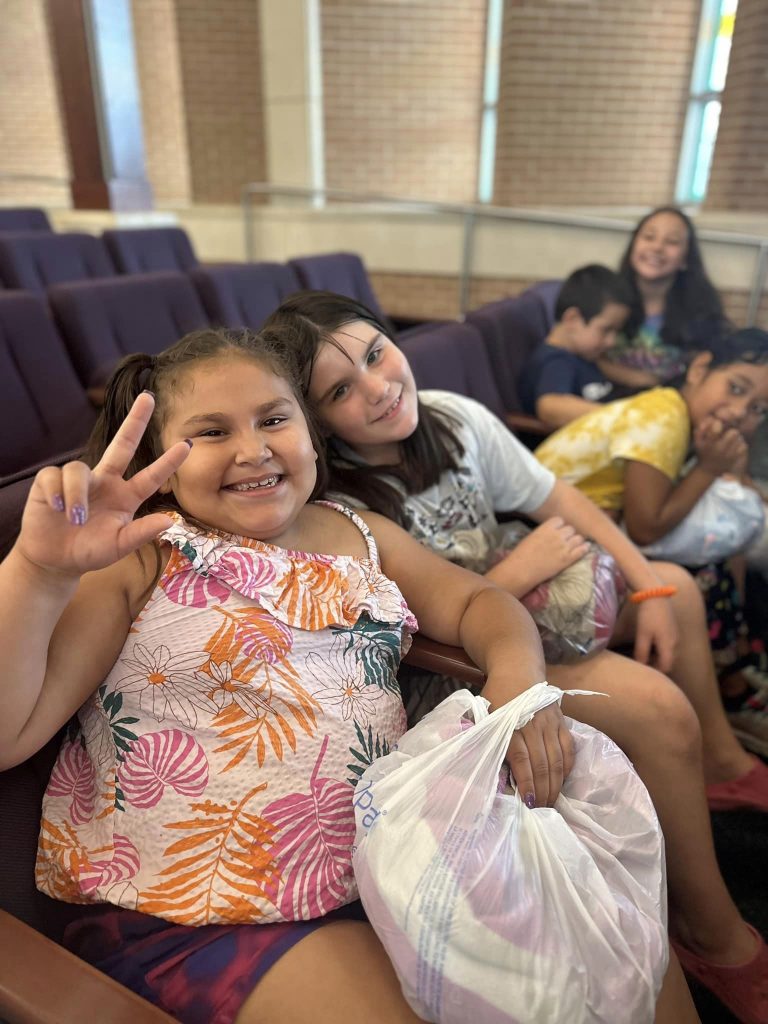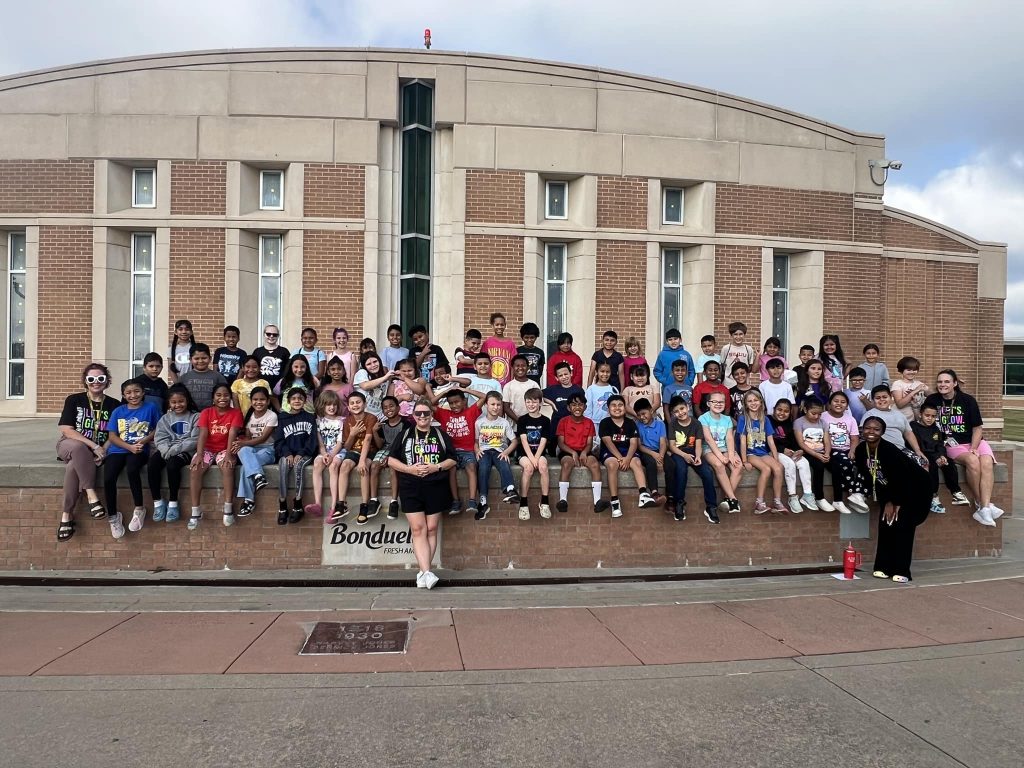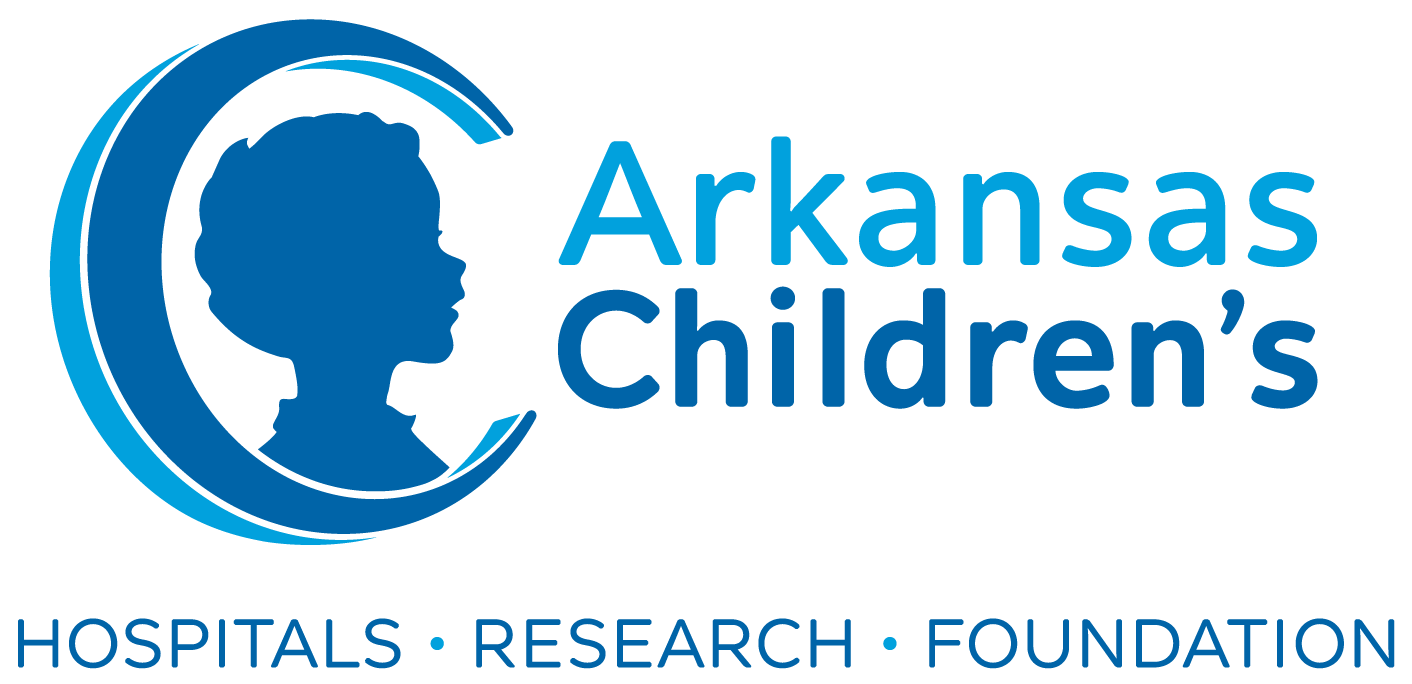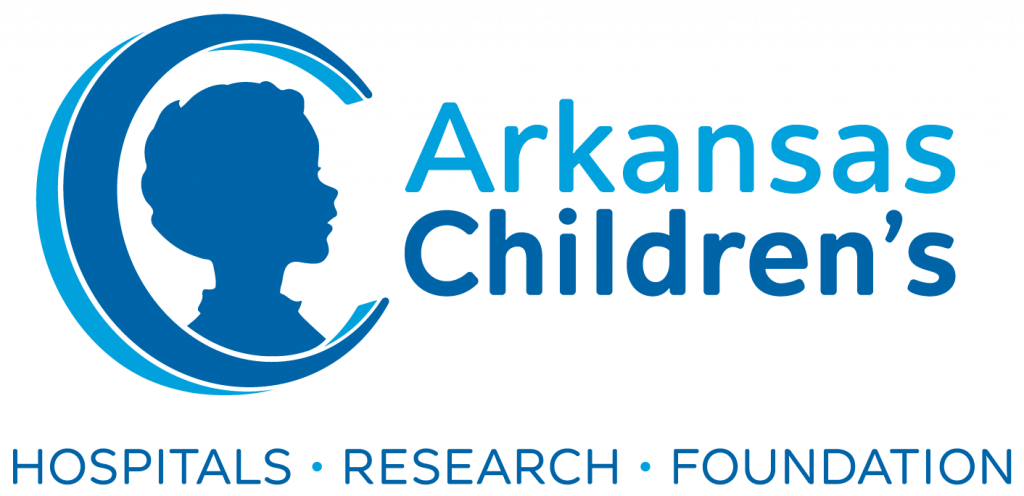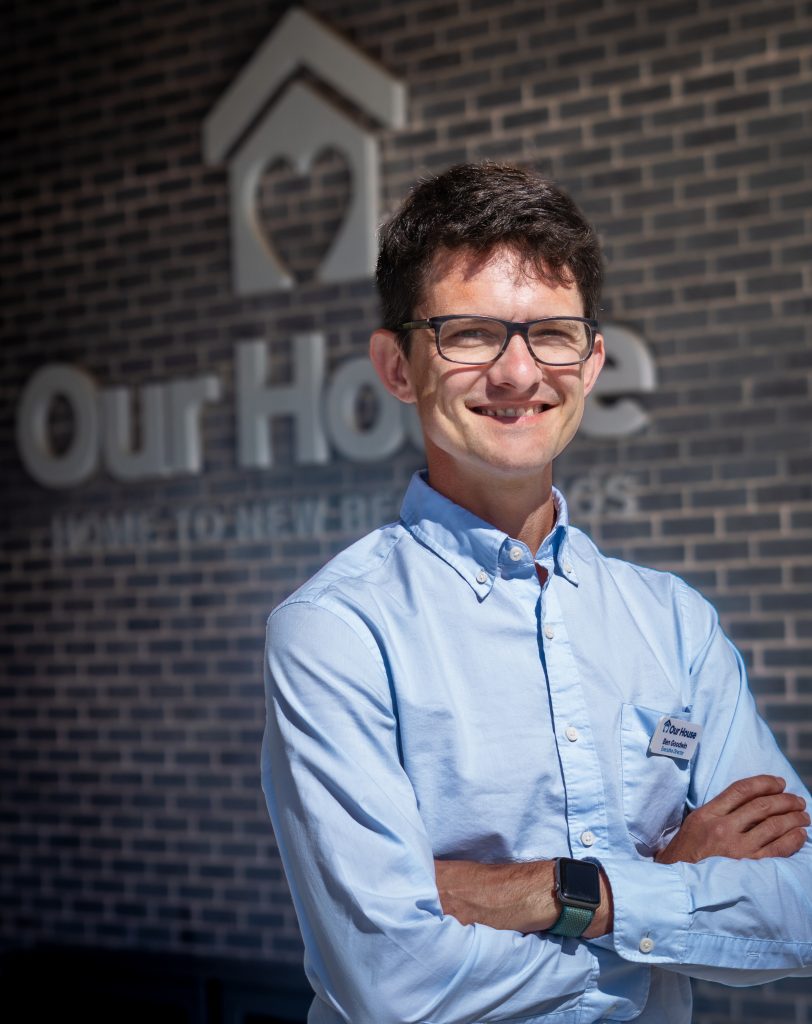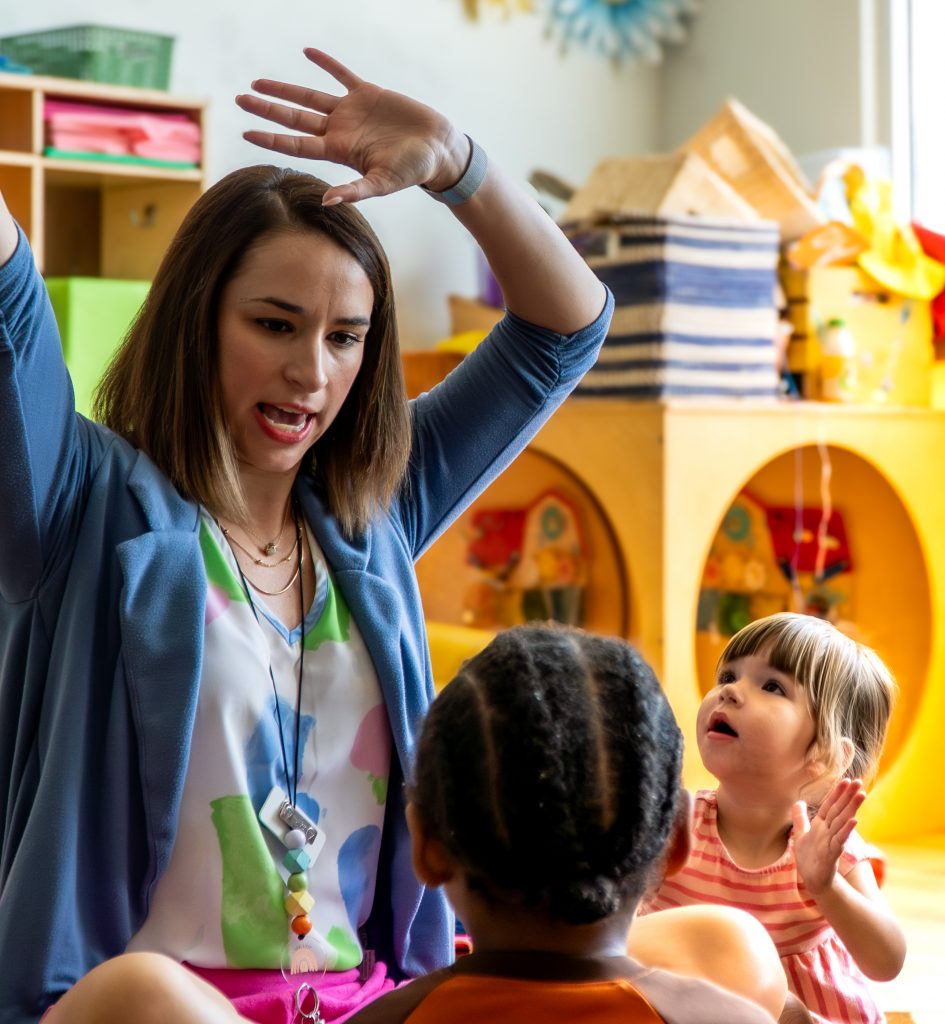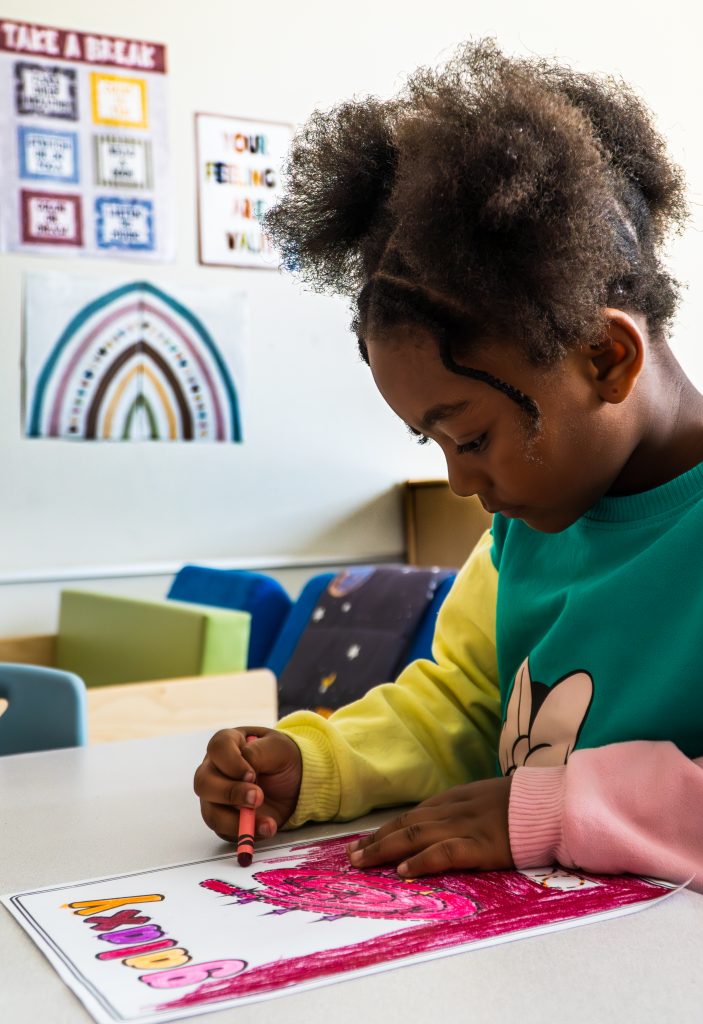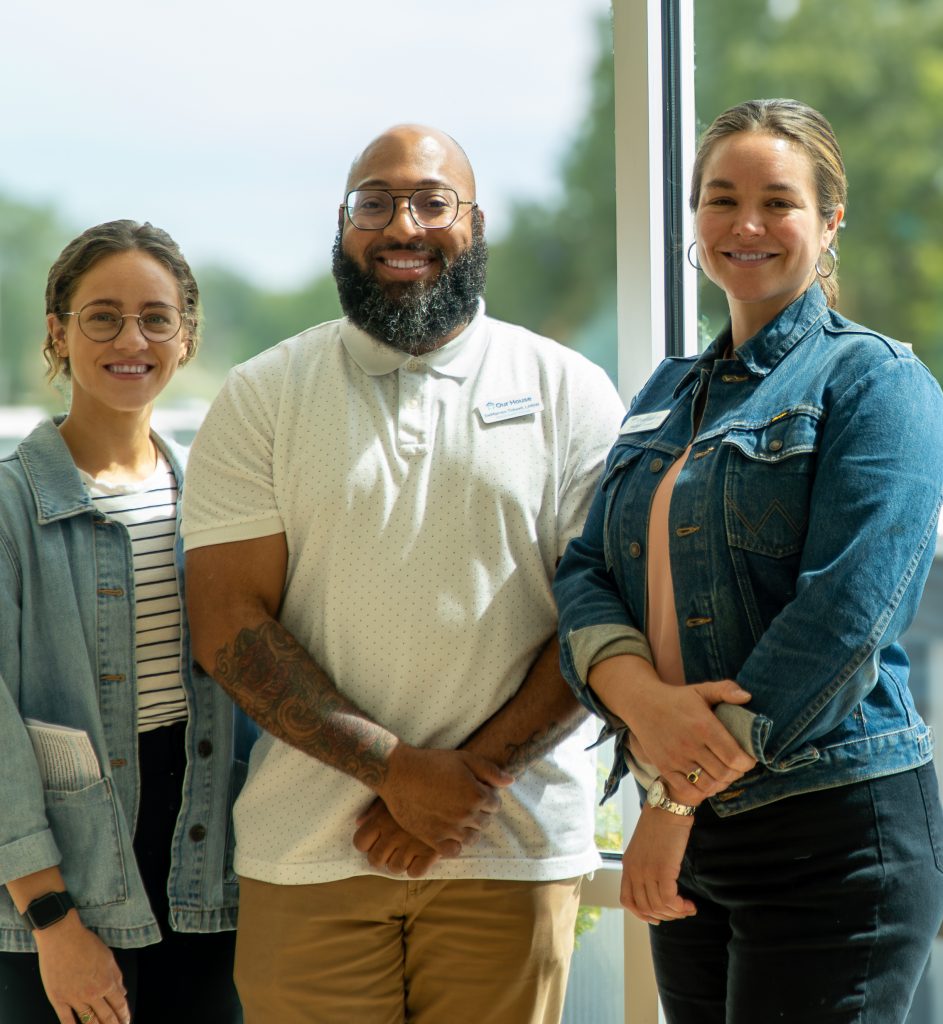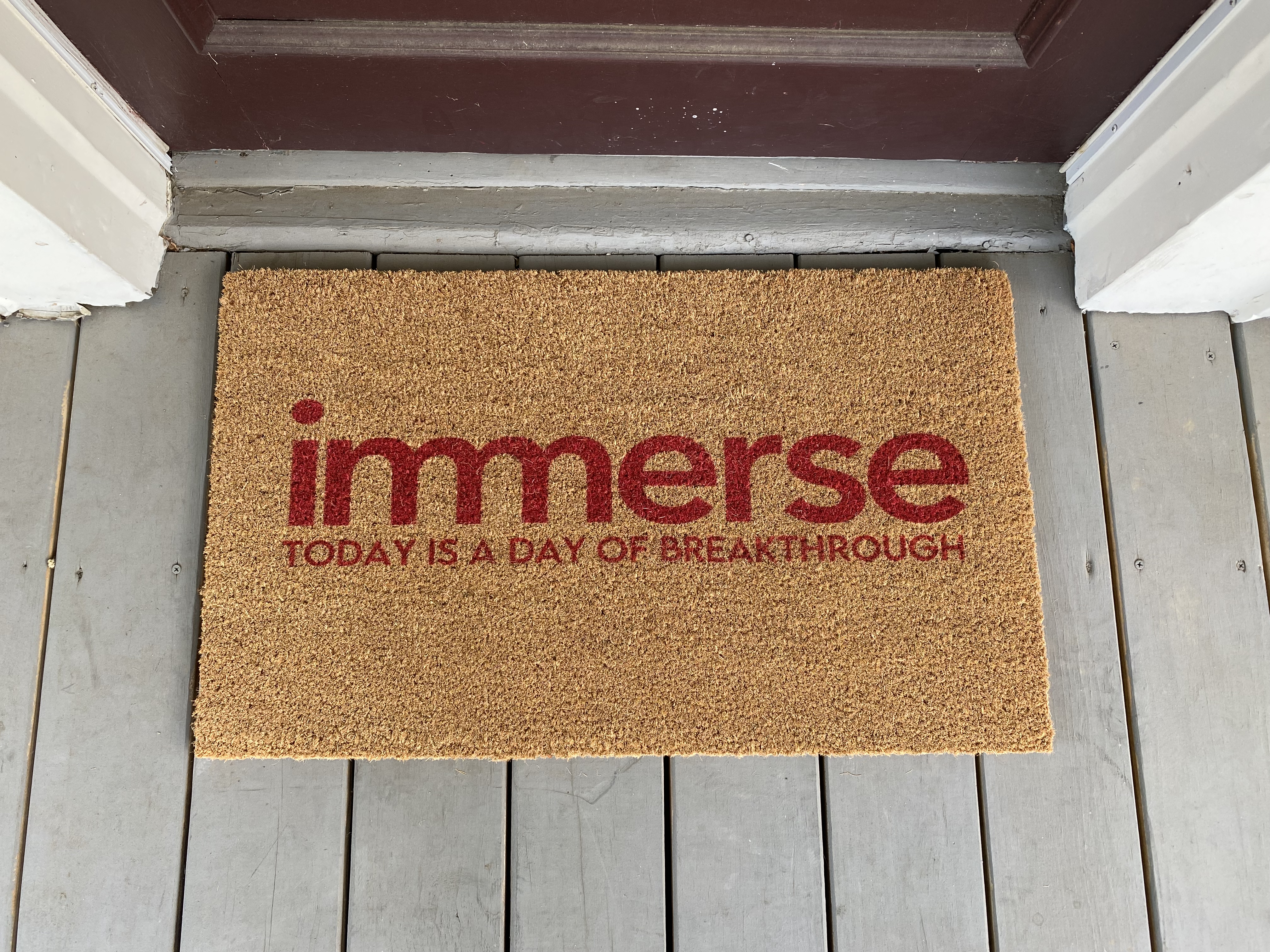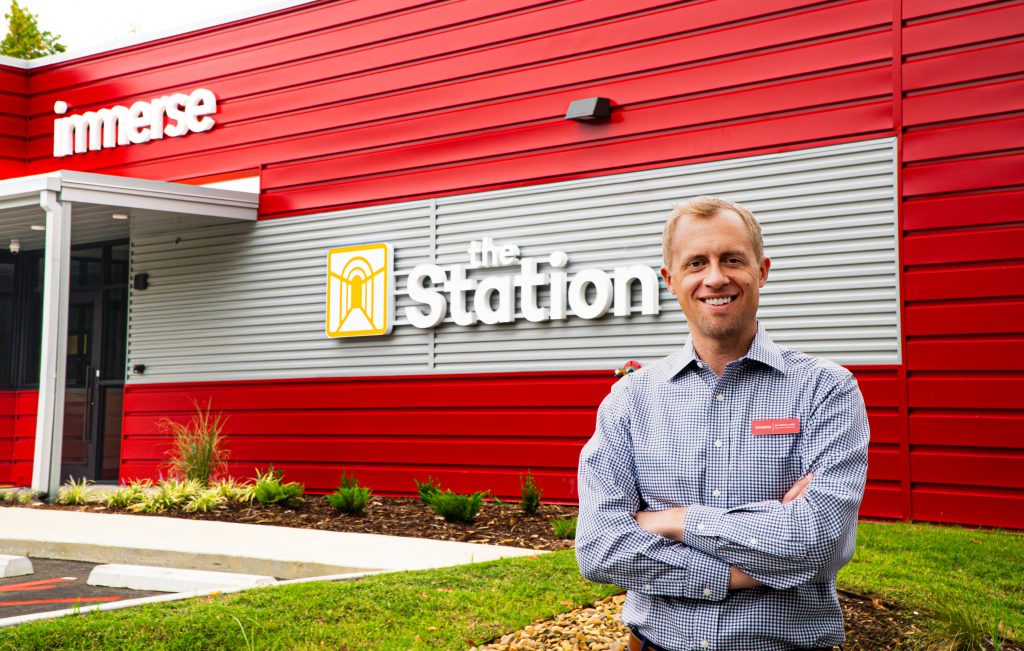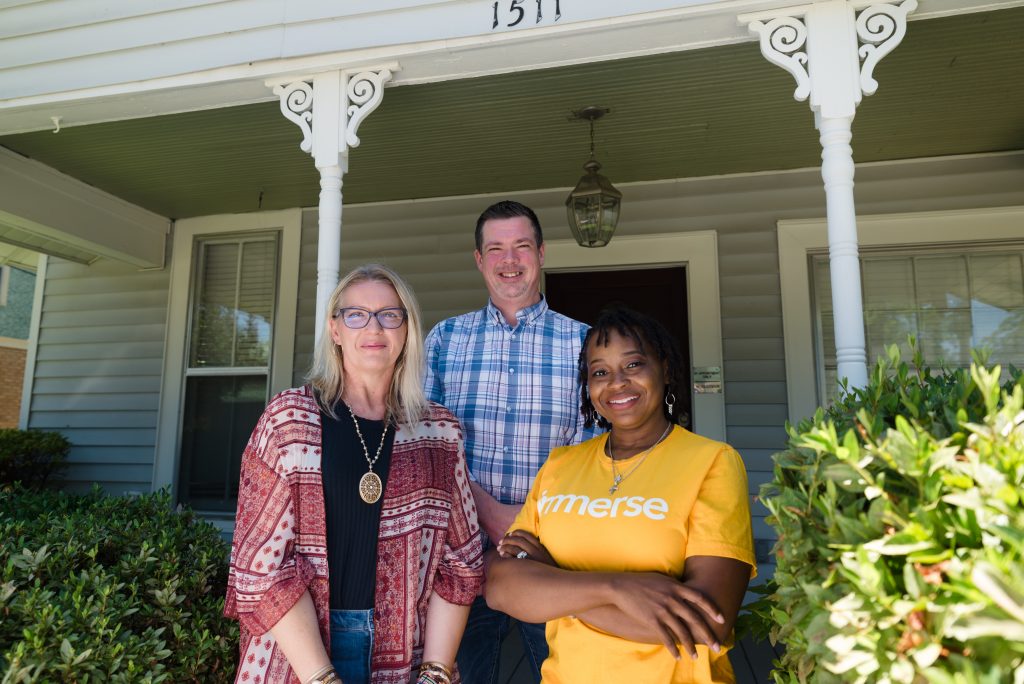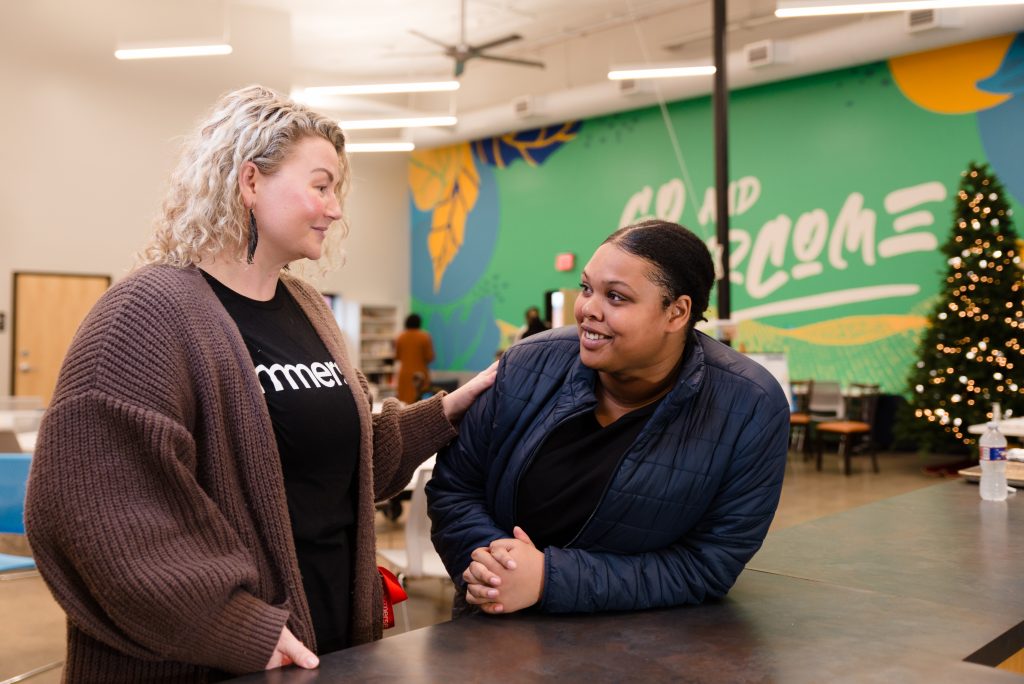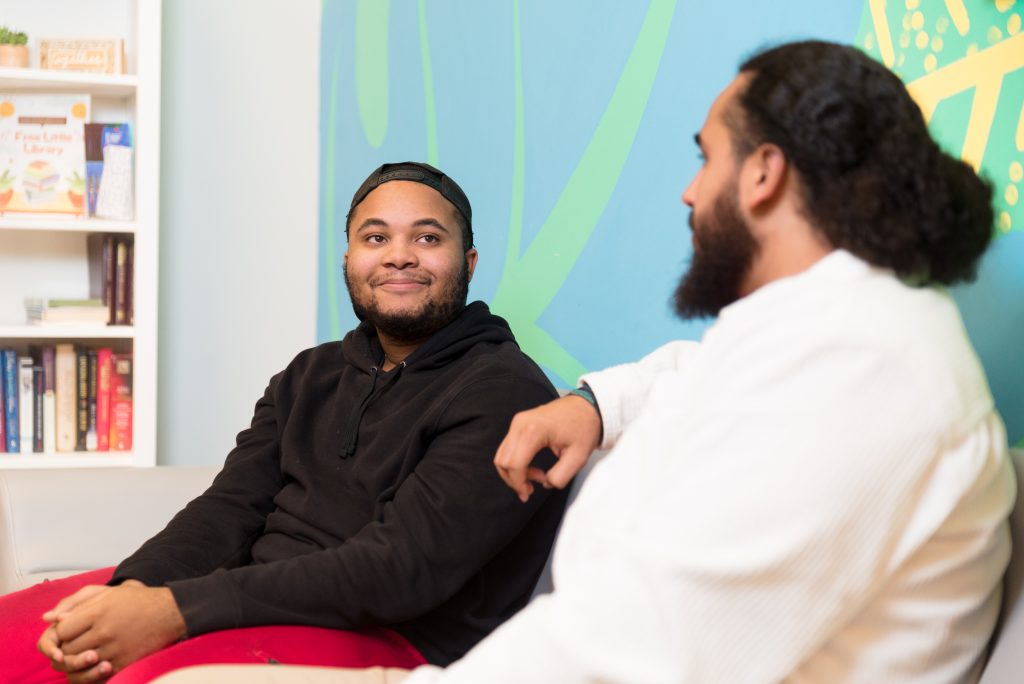Here are some reminders for making sure that your gifts are recognized for the 2024 tax year:
ADD TO AN EXISTING FUND
To learn more about the various assets you can give, review our guide to Contributing to a fund. In order for charitable gifts into a fund to qualify for a charitable income tax deduction in the 2024 tax year, don’t forget:
- Checks sent via the U.S. Postal Service to any Community Foundation office must be postmarked by December 31.
- Credit card gifts can be made online until 11:59 pm December 31.
- Gifts of assets sent via other means must be physically received on or before December 31.
DONOR ADVISED FUNDS
Donor advised fundholders may wish to recommend grants to support nonprofit year-end campaigns, provide holiday contributions or make honorariums as gifts.
GRANT RECOMMENDATIONS
Grant recommendations can be made online through our secure donor portal or by contacting us.
Please note that the timing of donor advised grants has no effect on your 2024 charitable income tax donations since the tax acknowledgement is given when you contribute to your fund.

Important things to remember:
- Non-cash gifts– Such as stocks, mutual funds, IRA charitable rollovers, real estate, etc., it is time to start these now. These types of gifts can take significantly more time to process and in order to receive credit in 2024, the community foundation needs to receive the gift by 12/31/24.
- IRA charitable rollover gifts– A check has to come directly to the Foundation from your financial institution and must note your name and that it is from your IRA account. The check envelope must be postmarked by 12/31/24 in order to be applied to 2024. Wired IRA gifts need to be accompanied by a letter or e-mail from the financial institution with your name and confirming it is from your IRA account. The community foundation needs to receive the wire transfer by 12/31/24 in order to have it applied to 2024.
- Reminder about stock and mutual fund gifts– Must be received to the Community Foundation’s Schwab account by 12/31/24 in order to be applied to 2024. Please notify Corey Moline or Trina Greuel with the date, amount of the transfer, type and number of shares to be transferred (stock/mutual funds), your name and the name of your fund to receive credit before the transfer takes place.
- Wire/ACH gifts– Wires are usually same day transactions unless they are initiated late in the day. You will need to check with your financial institution to confirm the wire time frame. ACH (automatic clearing house) transfers usually have to be initiated anywhere from two to five business days prior to when we would receive the transfer. You will need to check with your financial institutions to confirm the time frame. The community foundation needs to receive the transfer by 12/31/24 in order to have it applied to 2024.
- Real Estate– Must be gifted to the Arkansas Gift Foundation by 12/31/24 in order for it to be applied to 2024.
Need a reminder on how to make a gift transfer? Click here for instructions on wire/ACH, stock and mutual fund gifts.
Other monetary gifts by mail or hand-delivered:
- Checks, money orders, or cashier’s checks MUST be in the hands of a community foundation staff member on or before 12/31/24 in order for the gift to be applied to 2024.
- ALL gifts received by hand after 12/31/24 will be applied to 2025.
- If you mail your gift, we suggest that it be sent by certified mail to guarantee that it is postmarked and trackable OR suggest that the donor wire/ACH the gift to us using the attached instructions.




